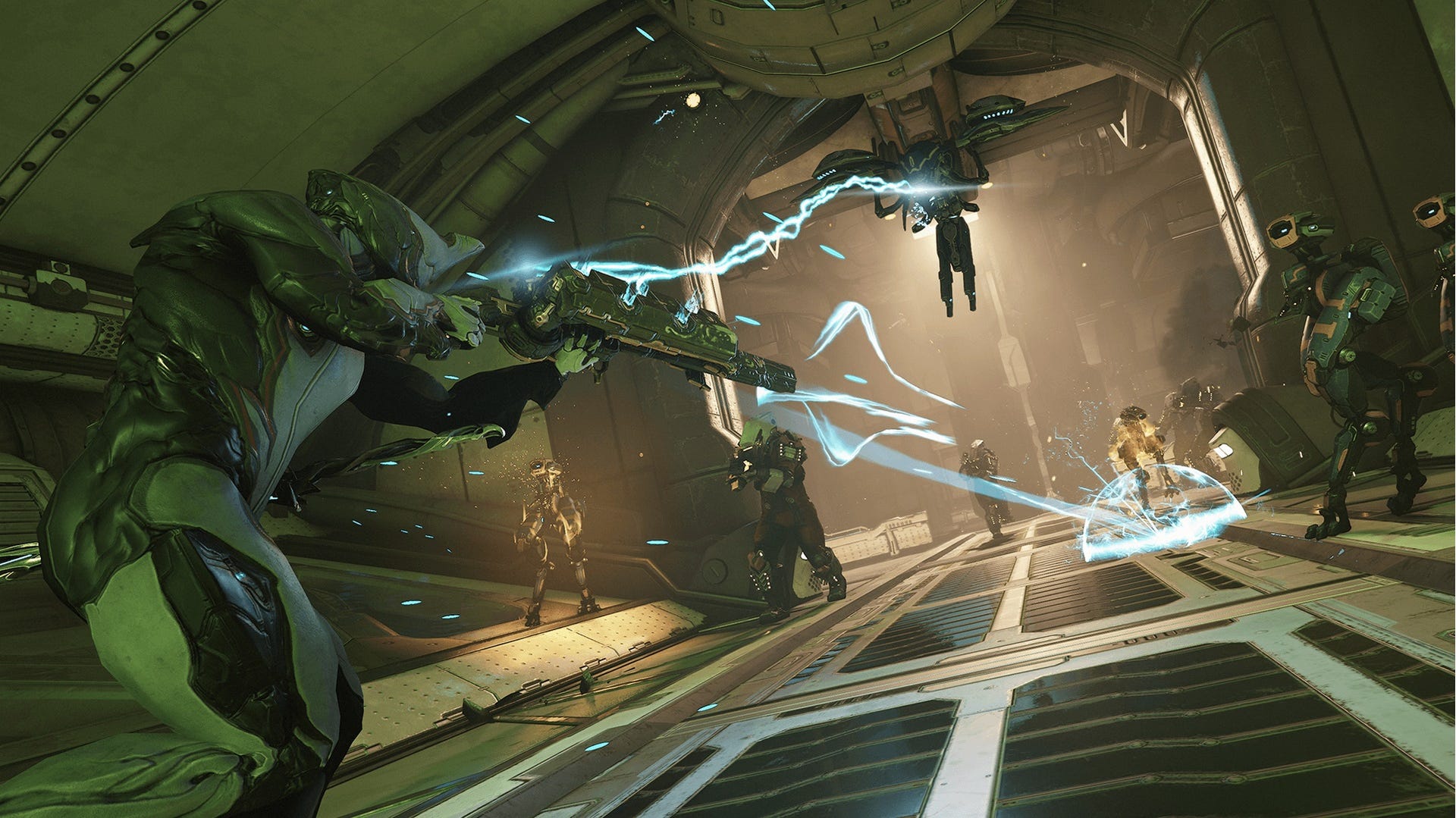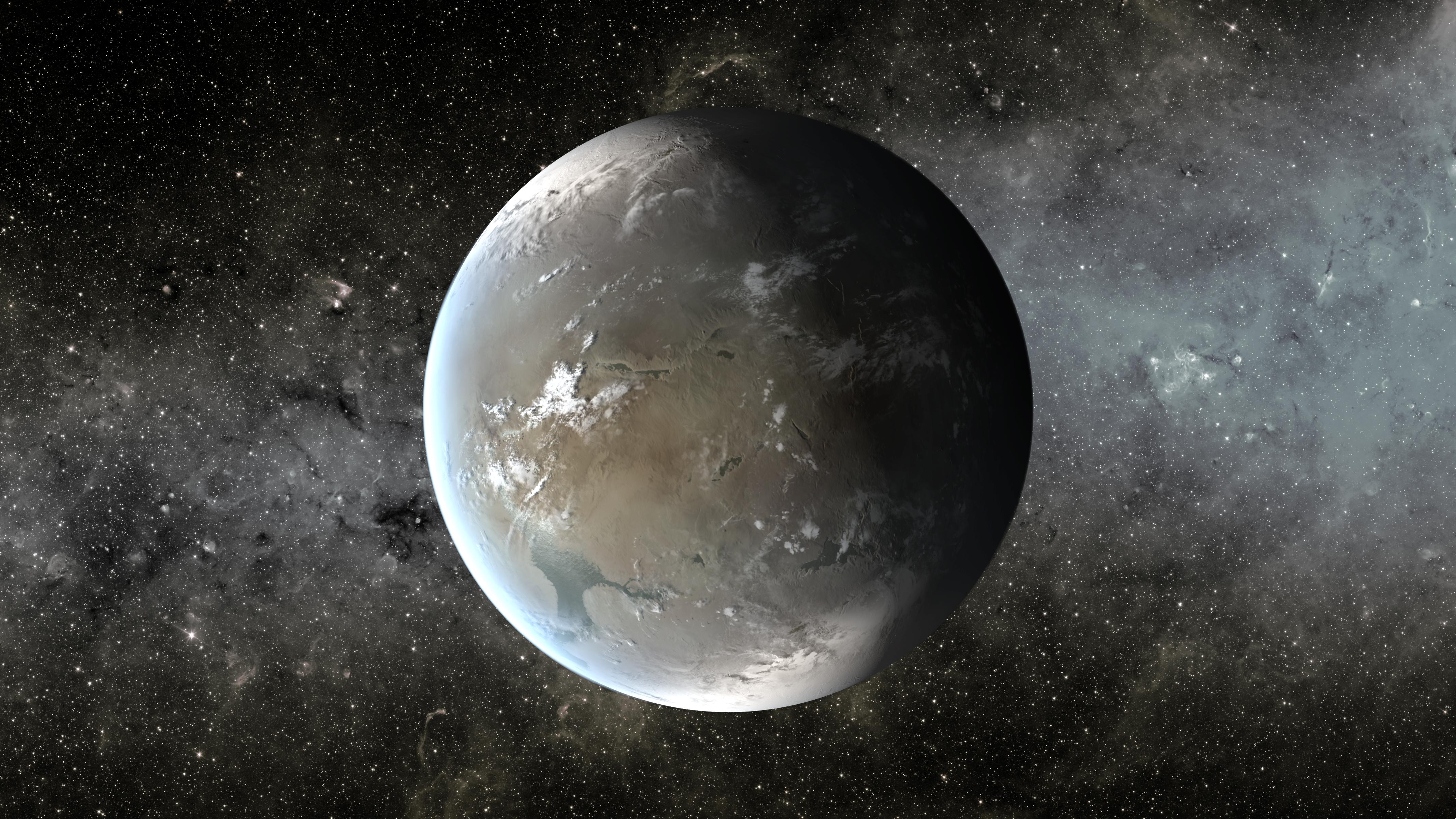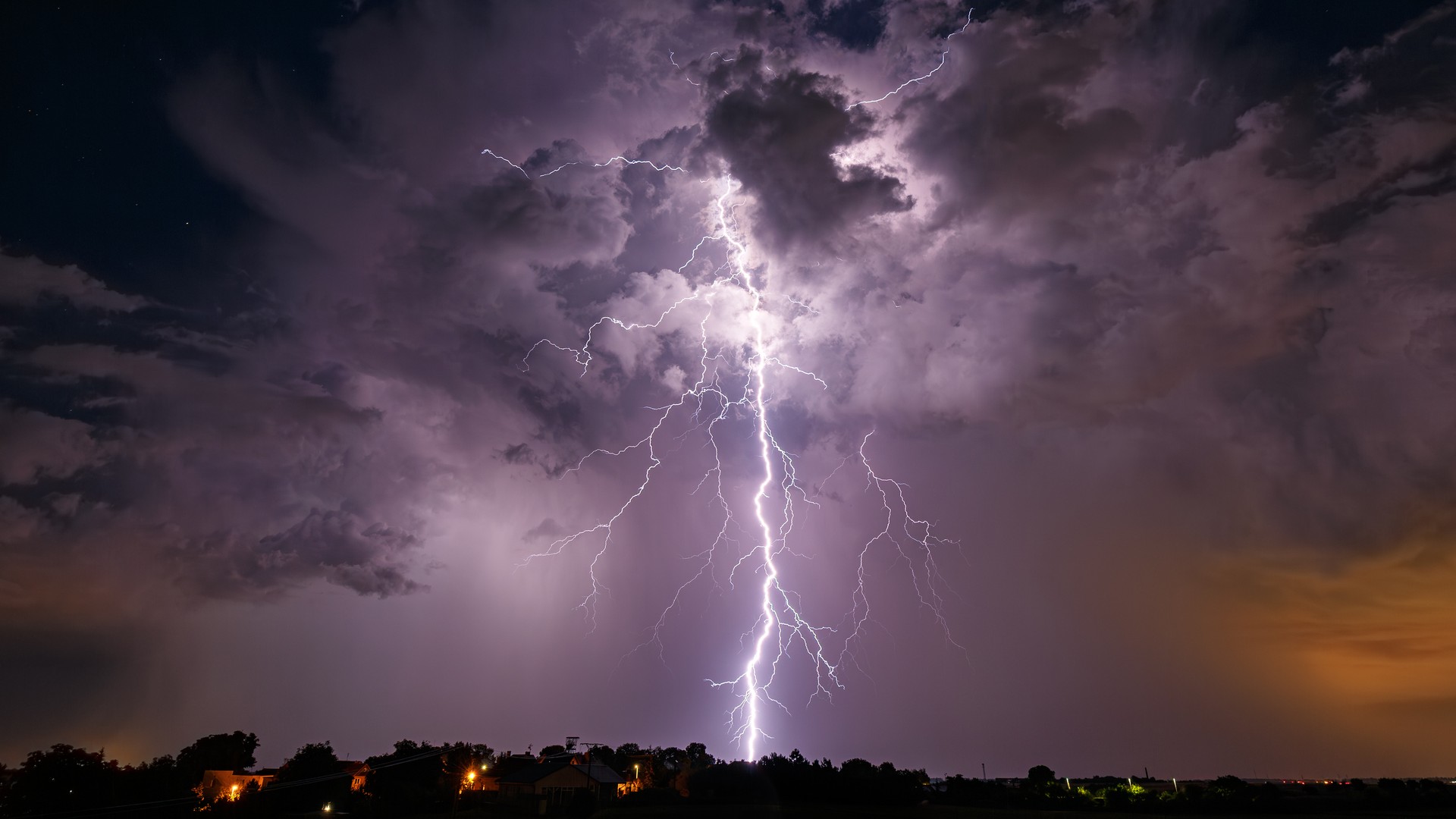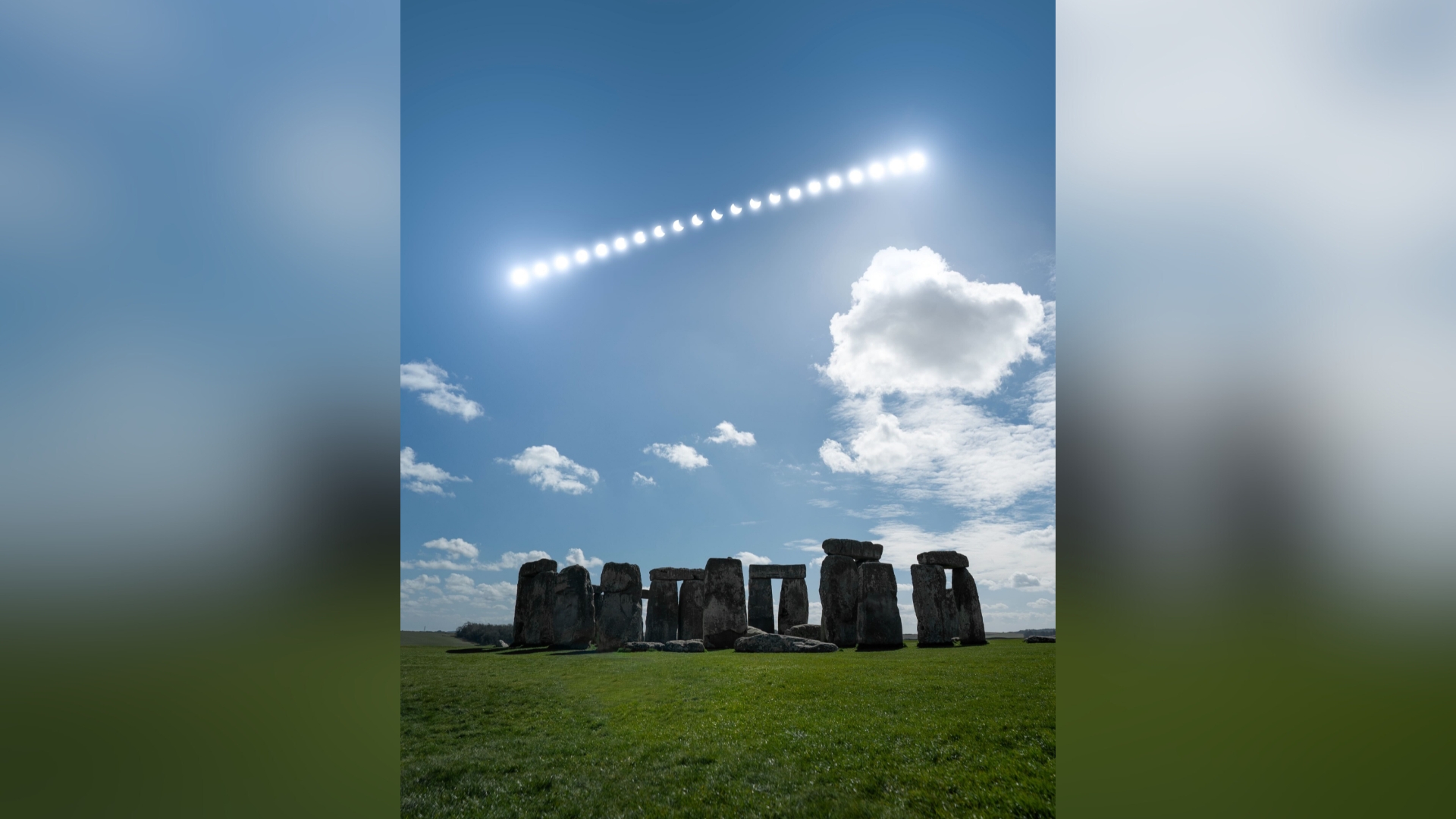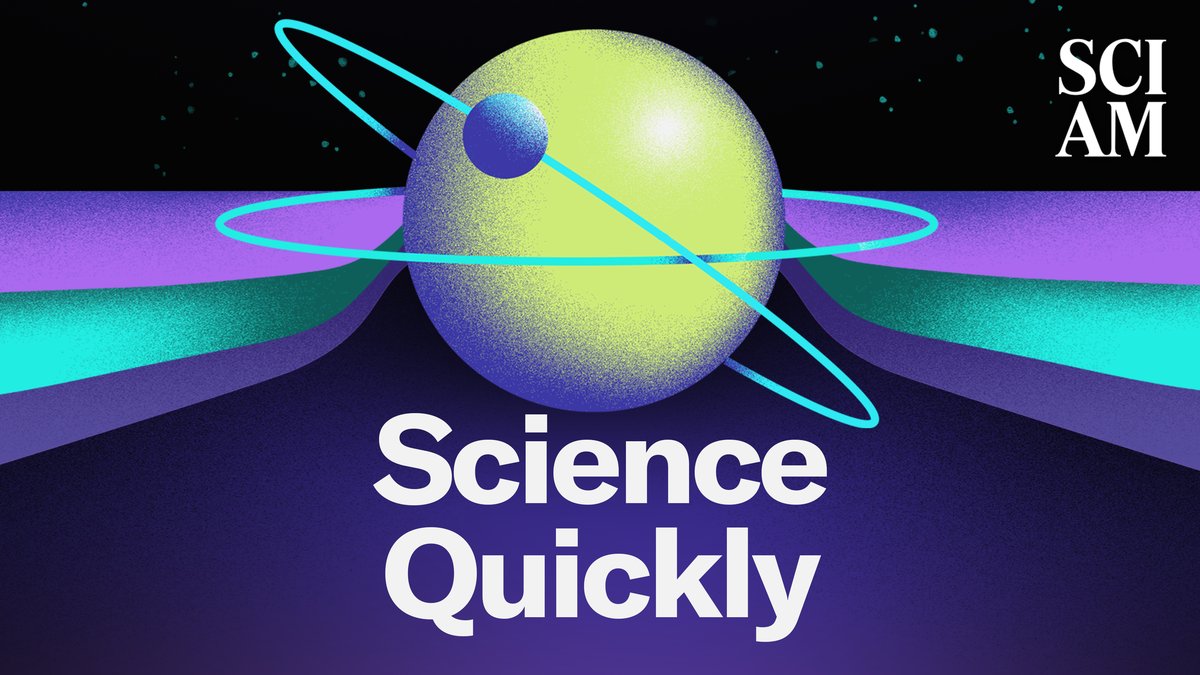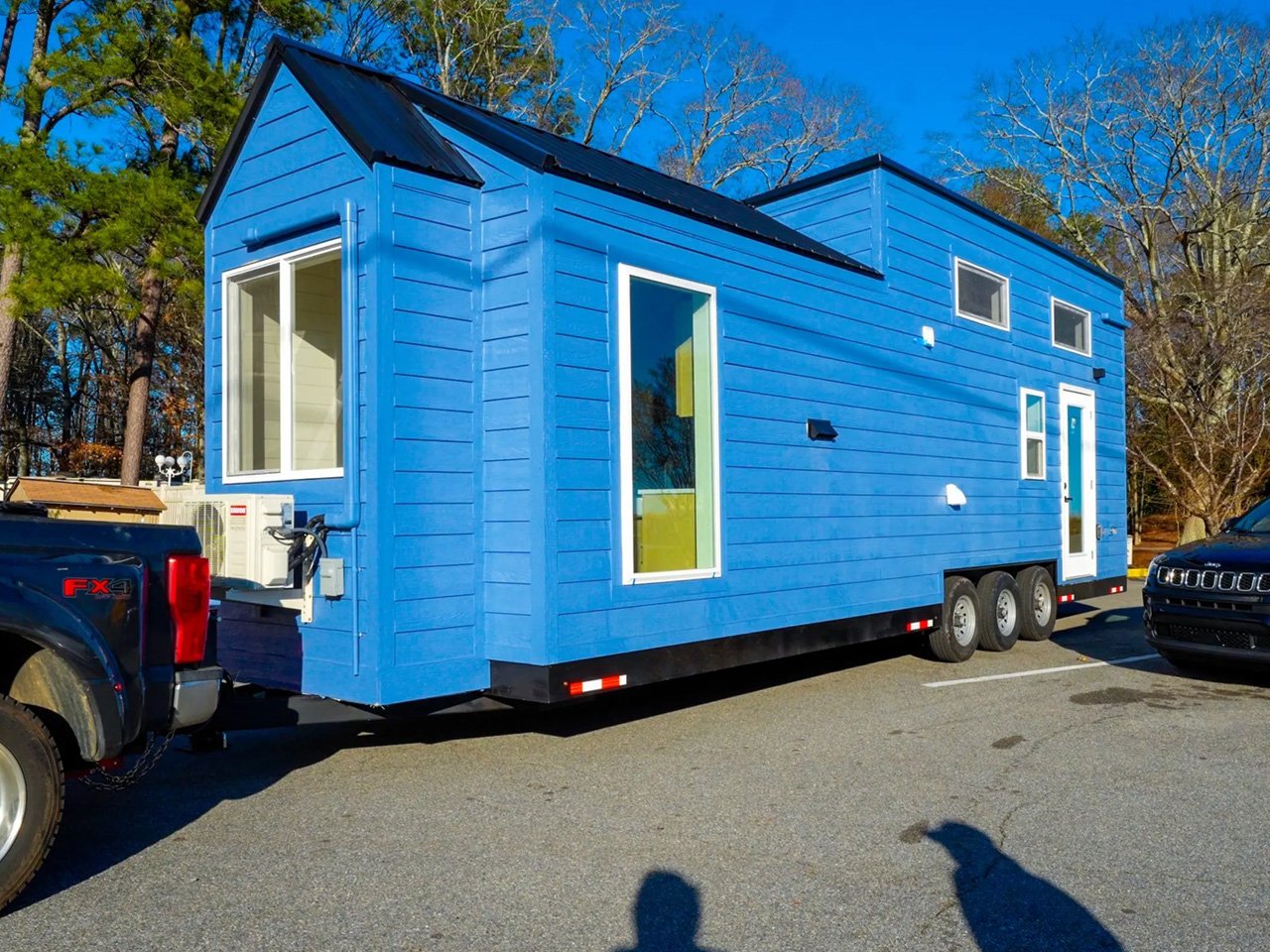Webb telescopes new photo isnt just rare. Its psychedelic.
Astronomers used the James Webb Space Telescope to capture a stunning view of an Einstein Ring in the deep cosmos, wherein one galaxy's mass distorts another distant galaxy.


Space is phantasmagorical.
Astronomers using the powerful James Webb Space Telescope to survey distant galaxies spotted an unusual, chance phenomenon called an "Einstein ring." It's not an actual object, but a warped, mind-bending optical illusion.
"The picture features a rare cosmic phenomenon — an Einstein ring. What appears to be a single, strangely shaped galaxy is actually two galaxies far apart," the European Space Agency explained online.
The effect, created by "gravitational lensing" and theorized to exist by Albert Einstein over a century ago, occurs when the mass of a foreground galaxy warps space and time, like a bowling ball sitting on a mattress, causing light emanating from the galaxy located in near-perfect alignment beyond it (from Webb's view in the cosmos) to become warped. The closer galaxy, in effect, creates a lens. In the image below, the foreground object is a massive, egg-shaped elliptical galaxy, and in the background is a spiral galaxy (like the Milky Way) that appears wrapped around the elliptical galaxy.
Amazingly, even though the spiral galaxy has been profoundly contorted, you can still see bright star clusters in the galaxy's stretched spiral arms.

This Tweet is currently unavailable. It might be loading or has been removed.
Einstein rings created by gravitational lensing are not just cosmic eye candy. This ring was captured during the Strong Lensing and Cluster Evolution (SLICE) survey, which seeks to identify such distant galaxies that have been naturally magnified by massive foreground galaxies, or clusters of galaxies.
"Objects like these are the ideal laboratory in which to research galaxies too faint and distant to otherwise see," ESA explained.
It's a clever way to combine the capability of the most powerful space telescope ever built with the natural magnifying power of the universe.
The Webb telescope's powerful abilities
The Webb telescope — a scientific collaboration between NASA, ESA, and the Canadian Space Agency — is designed to peer into the deepest cosmos and reveal new insights about the early universe. It's also examining intriguing planets in our galaxy, along with the planets and moons in our solar system.
Here's how Webb is achieving unparalleled feats, and may for years to come:
- Giant mirror: Webb's mirror, which captures light, is over 21 feet across. That's over two-and-a-half times larger than the Hubble Space Telescope's mirror, meaning Webb has six times the light-collecting area. Capturing more light allows Webb to see more distant, ancient objects. The telescope is peering at stars and galaxies that formed over 13 billion years ago, just a few hundred million years after the Big Bang. "We're going to see the very first stars and galaxies that ever formed," Jean Creighton, an astronomer and the director of the Manfred Olson Planetarium at the University of Wisconsin–Milwaukee, told Mashable in 2021.
- Infrared view: Unlike Hubble, which largely views light that's visible to us, Webb is primarily an infrared space telescope, meaning it views light in the infrared spectrum. This allows us to see far more of the universe. Infrared has longer wavelengths than visible light, so the light waves more efficiently slip through cosmic clouds; the light doesn't as often collide with and get scattered by these densely packed particles. Ultimately, Webb's infrared eyesight can penetrate places Hubble can't.
"It lifts the veil," said Creighton.
- Peering into distant exoplanets: The Webb telescope carries specialized equipment called spectrographs that will revolutionize our understanding of these far-off worlds. The instruments can decipher what molecules (such as water, carbon dioxide, and methane) exist in the atmospheres of distant exoplanets — be they gas giants or smaller rocky worlds. Webb looks at exoplanets in the Milky Way galaxy. Who knows what we'll find?
"We might learn things we never thought about," Mercedes López-Morales, an exoplanet researcher and astrophysicist at the Center for Astrophysics-Harvard & Smithsonian, previously told Mashable.
























